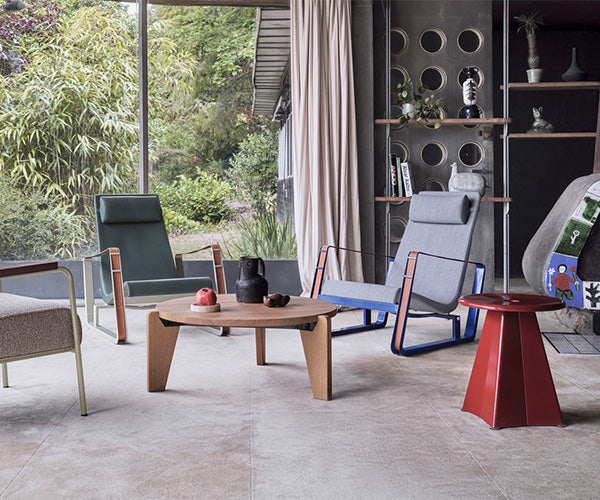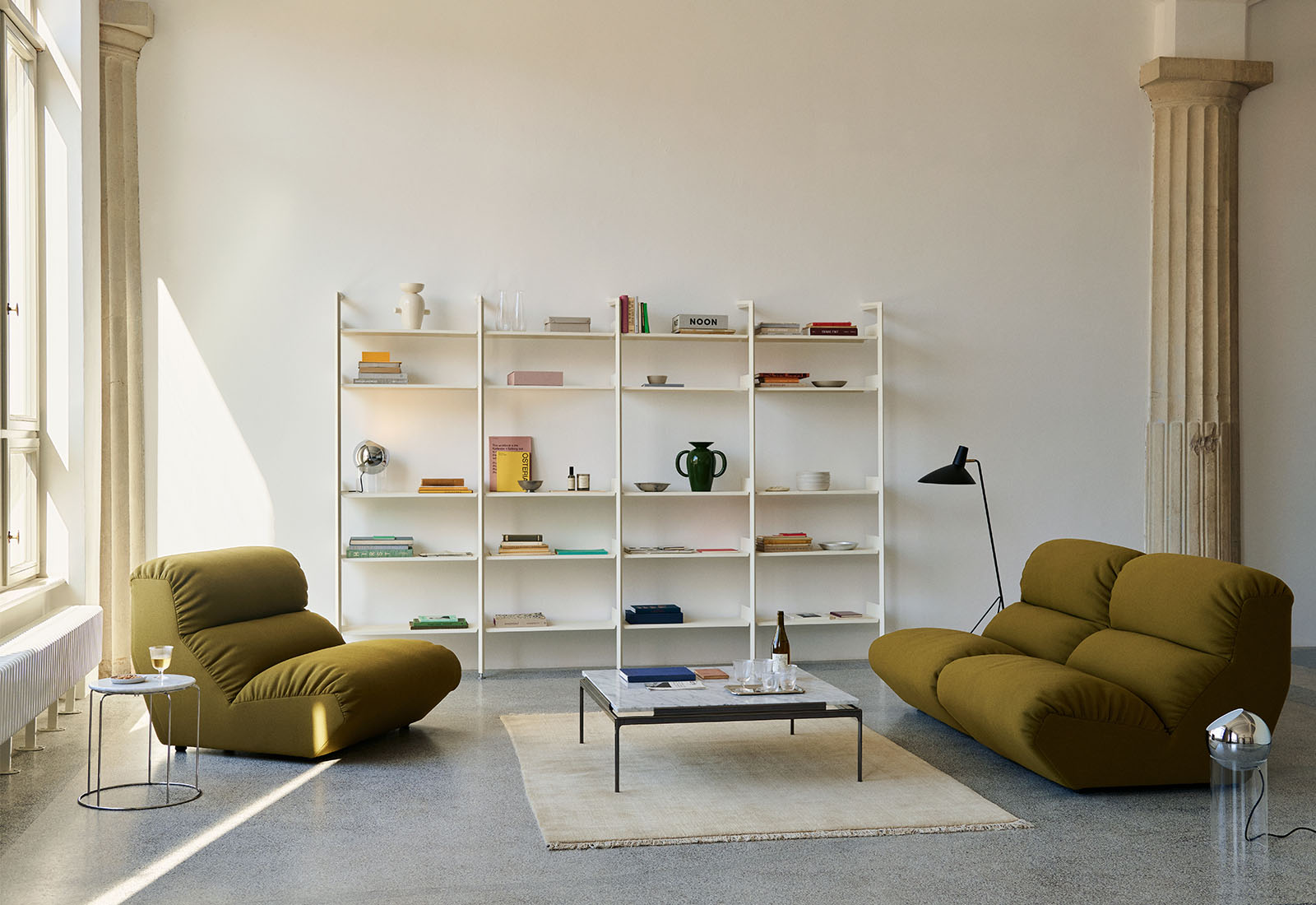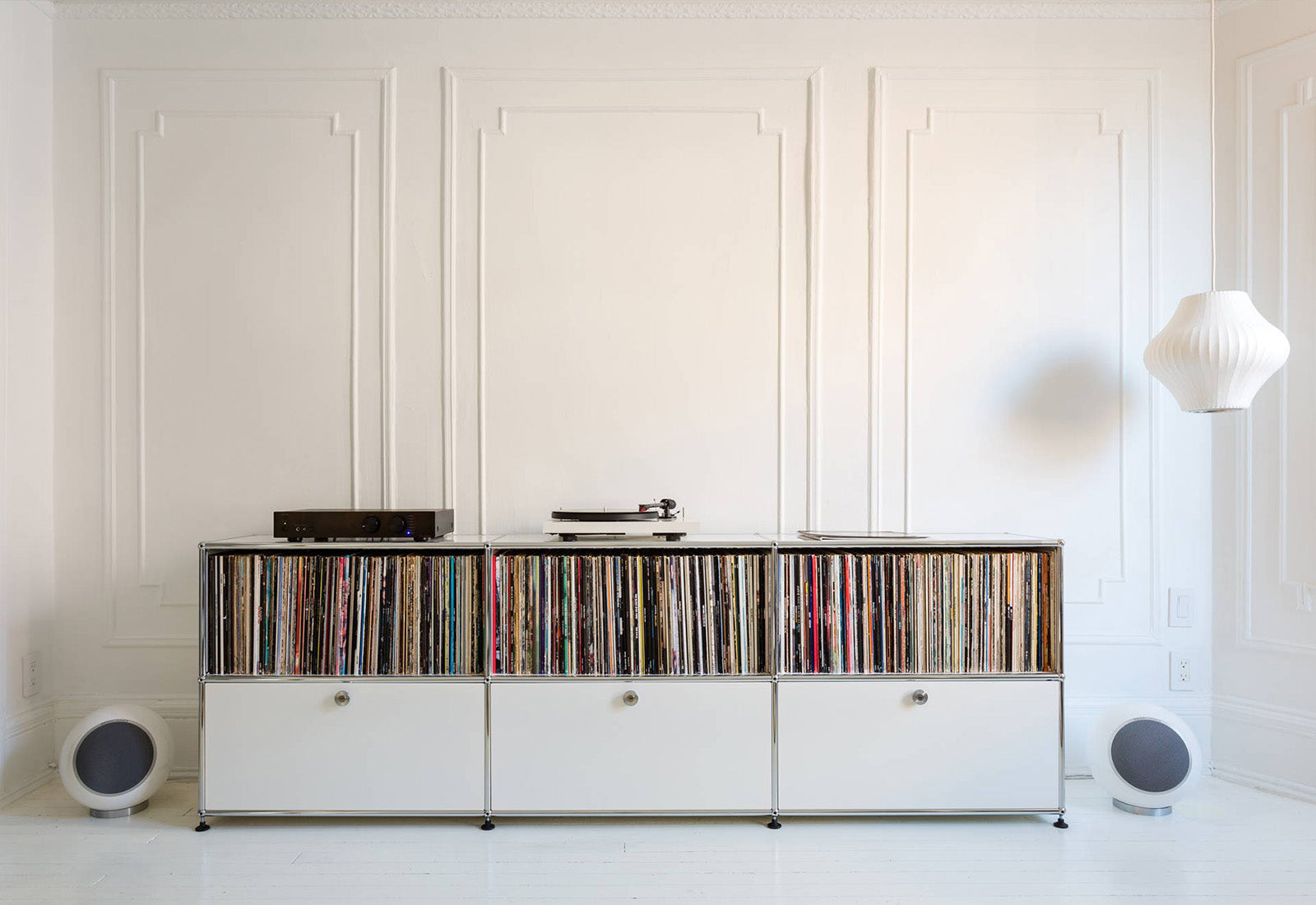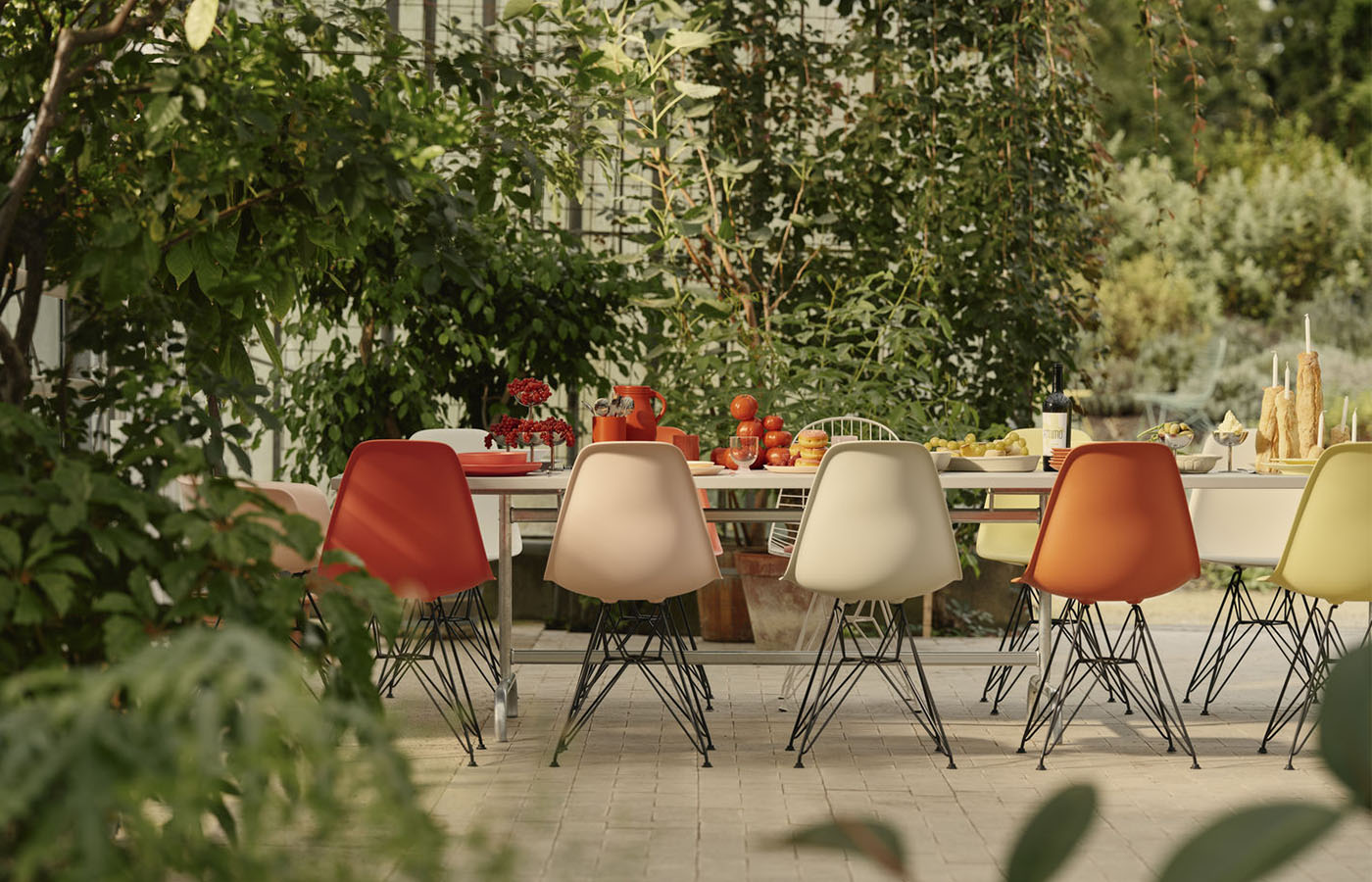As well as being huge fans of modern design, Helen & Matt Cimmermann founded their eponymous design store, Cimmermann as a solution to societies obsession with buying cheap, throw-away furniture.
The idea of the circular economy is based on three principles — to eliminate waste and pollution, to circulate products and materials and to regenerate nature — all are central to the why behind Cimmermann. Ruth Hoskins speaks to Helen & Matt about how furniture design is playing a part in the circular economy.
Can you tell me a bit about Cimmermann and what it means to you?
It means everything. It’s our family business, and it’s only us in the business, so our life and work are intrinsically tied together. When we started Cimmermann in 2004, we had a shared love of modernist interiors. Our home reflects this and we decided we would only sell the pieces we would buy for our home, so it’s very curated. Nature is important to us as a family too, a reason why we moved our showroom out into rural North Yorkshire.
Plus, we really are committed to the concept of ‘buy once, keep forever’. We have reupholstered Ercol chairs that have been passed down to us, and we cherish them. All the furniture we buy (and sell) are timeless pieces that fit this ethos. It’s important to us that the brands we stock are committed to all elements of the circular economy.
The brands you stock are pretty iconic Vitra, Flos, Hay, String all are committed to taking sustainability seriously. Can you tell me how they are putting this into action?
We work on a daily basis with our suppliers. The way we see it, the brands we stock stand very much against the notion of fast furniture. Industrial design is harmful to the planet, so creating products that are made to last isn’t enough. Brands need to look at the whole product lifespan, commit to being carbon positive as well as reuse / repair as standard.
Vitra for example, have created the Vitra Circle, physical stores where people can buy used items (ex-display for example) as well as a commitment to repairing products wherever possible. Their goal is, in fact to become carbon positive by 2030 and all the indicators point to that.
Vitra are a great inspiration to us, the way they run their manufacturing, the Vitra Campus, ethos and their incredible Oudolf Garden too.
Vitra’s CEO Nora Fehlbaum says:
“Sustainability is not a project, but a corporate attitude that finds expression in every aspect of Vitra’s work.”
This isn’t a new strategy either. Their furniture is designed to last more than a lifetime. The Eames Lounge Chair, for example, is often passed down from generation to generation, and absolutely gets better with age.
Also, the Vitra Tip Ton RE chair takes its material from Germany’s “Yellow Bag” household waste scheme. An astonishing 3.6kg of recycled plastic goes into every chair. Making waste beautiful and long-lasting is a great idea.
One of our favourite British furniture brands, SCP is housed in an increasingly sustainable factory, run on renewables, with by-products and waste used wherever possible. They are transparent about their sustainability journey and we think that’s a great approach.
And what about lighting design?
We stock Flos who create iconic lighting, both reimagined classics and future-forward. I think 90% of Flos fixtures are aluminium which is highly recyclable and any new plastic used is both recycled and recyclable.
The Flos Mayday by Konstantin Grcic is made from sustainable polypropylene produced from industrial processes waste. It’s also portable so you can take it wherever you like without the need for additional lighting.
Oplight, also by Flos is a future-proof and timeless light, created by long-time collaborator Jasper Morrison. An exercise in simplicity, it continues along the theme of Super Normal that runs throughout all Jasper Morrison’s work, the Oplight shows us that a technically advanced product can be made with respect to the environment.
With a shell made of die-cast aluminium — a lightweight, long-lasting material that is easy to recycle. No glue has been used. The colour consists of a powder coating, which does not require solvents, and the LED source has a lifetime of more than 50,000 hours.
What are some of your favourite pieces?
Luckily, there are so many pieces that are sustainable, beautiful and timeless, that we really see buying once but buying better as a long term movement. It means we feel good about what we sell, so we spread the message of the benefits of buying beautiful, thoughtful, low (or even positive) impact as far and wide as we can.
As well as the Vitra Tip Ton RE Chair, we curated a Sustainable Collection so that people can shop some of our favourite pieces of furniture.







Leave a comment (all fields required)